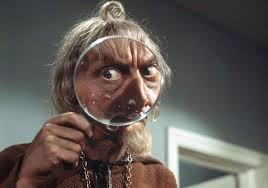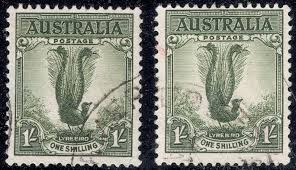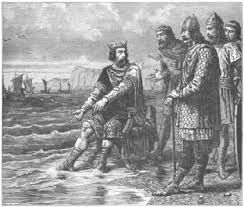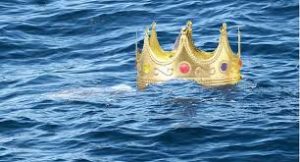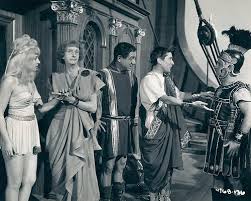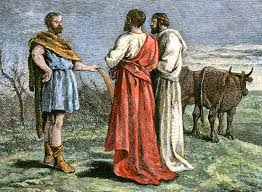Dear reader, in these conflicted times its always reassuring to know that our sage from the near north-east is hard at it. Whilst we weep for Donald’s devotion to the bible and justice, he is selflessly out in the field observing to his hearts delight the wonders of bird life. And from this observation comes a keen assessment of language and human character. Just a the Lyrebird is known to mimic the cockatoo, the sawmill, the chainsaw and the sound of African Americans being asphyxiated, so our birdo from the bush offers us another teling insight into what makes us tick.
We would have included a sound recording of his bird calls but due to an Covid 19 oversight, his tape recorder and 78 rpm Garrard Radiogram has been seized due to the collapse of funding for those in the cultural sector. We are heartened though to know that the funds that would have been directed to him have been sequestered to the Australian Ballet and Opera, so that high arts can flourish in this season of austerity.
Now it’s onto Ira,
Ladies and gentlemen,
Certain birds are noted for their capacity to perch. Notable amongst these, and it is especially noticeable in Europe, are the swallow, thrush, blackbird, redwing, ring ouzel and field fare.. The Latin has it that these are ‘passerine’ birds, ‘passer’ meaning ‘to perch’. This seems to suggest, rather amusingly that birds given (perhaps) to congregating at the margin of things, as in ocean, roadway or meadow, might be referred to as ‘margarine” birds, and might easily lead those lacking the aforementioned Latin, into grave error. What on earth can one do? the poor, sadly, are always with us.
However, to return to my main theme.
It is unfortunately the case that the above mentioned selection of birds has earned itself an unenviable generalized description. You see, in former times, when all the world was young and Julius and Hadrian variously had Europe in thrall, the Latin language held sway in matters of importance. These very words, the words you are reading now have developed from a dog’s breakfast of Latin, Viking, Anglo-Saxon and Norman French, with assorted side dishes of Gaelic, Breton and Spanish. This means that when yesterday’s language falters in the face of an entirely new one, the very meaning of words themselves change as the centuries drift by.
Which brings me back to our collection of birds.
Two Roman farmers having a break. One of them suddenly raises his head.
‘Jayziz, Agricola, did ya see that?…’
‘Woh? whoh are you lookin’ at?
‘There, look… a couple of fine turds flying through the air. A grand sight altogether…’
‘ Jayziz, Claudius, I see them now meself. Tell me, are they good eatin?’…’
‘What? Only the best thing a man could have for his dinner, and no mistake.’
The thrush belongs to the family ‘Turdidae’ and the genus was known as ‘Turdus’ in Latin (The Latin word for pooh was ‘faeces’) .Our ‘turd’ came out of the dung beetle or ‘Tord-weevil’ in Medieval Dutch. In the eighteenth century , having the form or appearance of a thrush became (hilariously). ‘turdiform’, or ‘turdine’ and in Ireland (I cannot resist this) the modern interest in Eastern mysticism and particularly the business of the third eye, created…….. ‘turdoid’!
KA BOOM!

